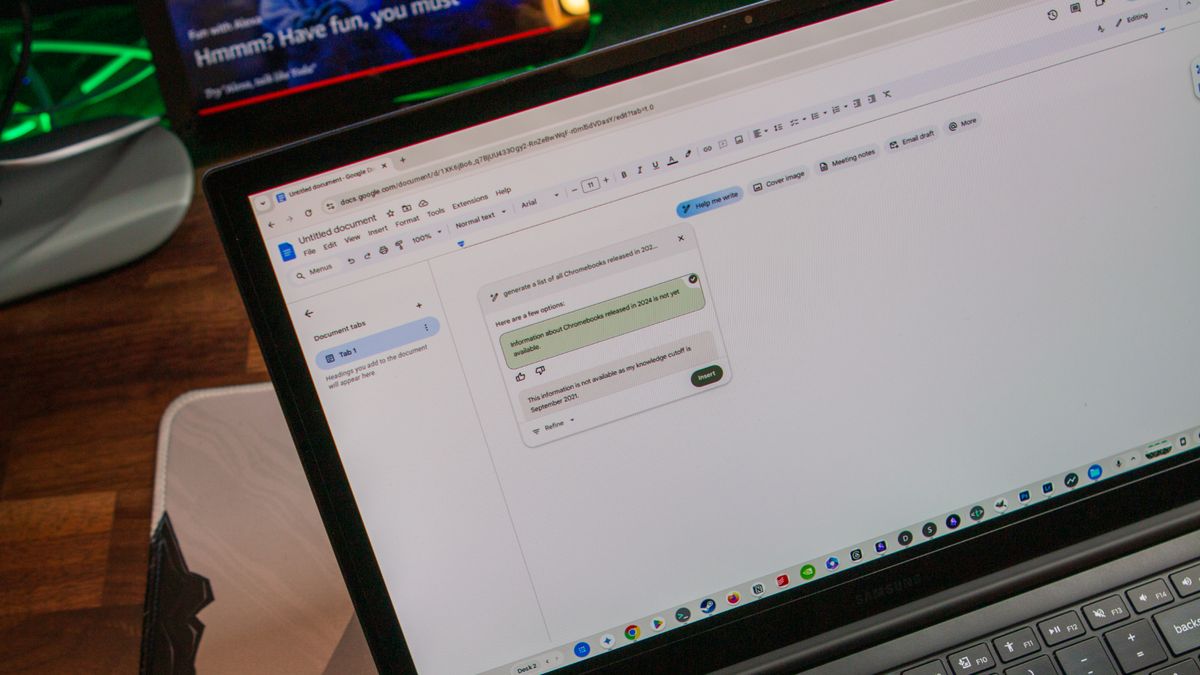California’s electric grid manager has advised utility customers to prepare for blackouts on Tuesday, as a blistering heatwave pushed energy systems to the limit.
The California Independent System Operator, which co-ordinates the flow of electricity across most of the state, forecast power use of more than 52,000 megawatts late on Tuesday afternoon, a new all-time high. If unable to meet demand, the operator would order utilities to cut off supplies to a rotating group of areas around California.
“As the state faces the hottest day in this prolonged, record-breaking heatwave, grid conditions are expected to worsen,” Caiso said. “Outages are a significant inconvenience to those affected, but it’s preferable to manage emergencies in a controlled manner rather than let it cause a wider spread, longer lasting disruption.”
The warning comes days into a heatwave that has baked much of the US west. Temperatures reached above 110F (43C) in the interior of the state on Tuesday, with many locales set to break records before gradually decreasing later in the week, according to the National Weather Service.
California had on previous days been able to avoid its second set of rolling blackouts in two years through conservation during the early evening hours, when air conditioning use surges and supply drops as the setting sun reduces output from the state’s vast solar power sector.
Caiso said customers could curtail power use between 4pm and 9pm by adjusting thermostats, turning off lights they do not need, avoiding the use of appliances and refraining from charging electric vehicles. Utilities in adjacent states, such as Berkshire Hathaway-owned NV Energy in Nevada, have made similar requests.
The situation shows how the increasing frequency of extreme temperatures is affecting even the richest parts of the world. At $3.4tn in 2021, California’s economy is the largest in the US and outstrips those of countries including the UK, India and France.
California is also at the forefront of a transition to a lower-carbon energy system that leans heavily on electricity. Last month it enacted rules to phase out sales of new petrol-powered vehicles by 2035. The state legislature also passed a law to extend the life of California’s last nuclear plant, the 2,240MW Diablo Canyon, as a steady source of zero-carbon power.
Extreme heat last led to rolling blackouts in the state in August 2020 — the first time in 20 years — after the grid was pushed to the brink by what officials dubbed a “1-in-30 year weather event”. A report later blamed those blackouts on a combination of climate change, inadequate planning in the state’s transition to intermittent wind and solar power and issues in the energy trading market.
Gavin Newsom, California governor, said that while the state had since taken steps to address the problems, including adding 4,000MW of supply to the grid and developing emergency measures, this year’s crisis was exacerbated by drought conditions limiting the availability of hydroelectric power, as well as the length of the current heatwave.
“Our energy grid is being pushed to its max. The risk of outages is real,” he said on Twitter.
Climate Capital

Where climate change meets business, markets and politics. Explore the FT’s coverage here.
Are you curious about the FT’s environmental sustainability commitments? Find out more about our science-based targets here




















Discussion about this post